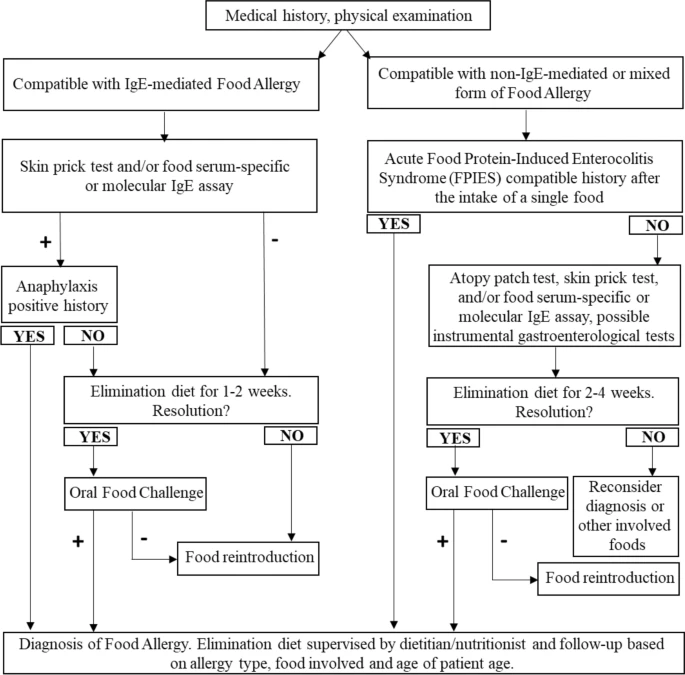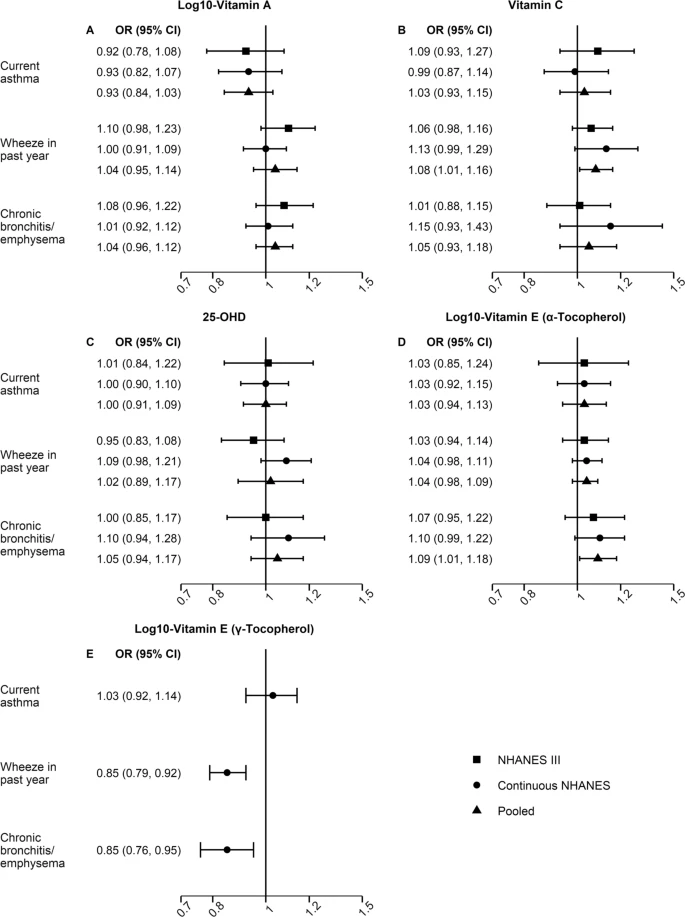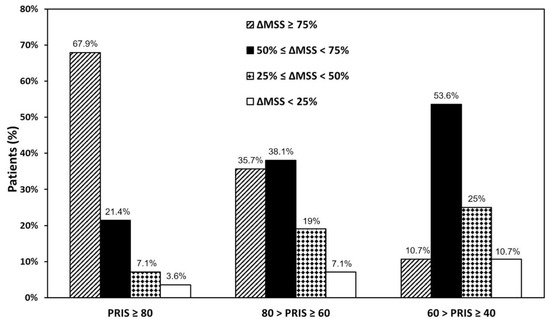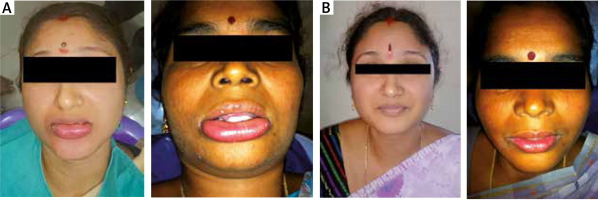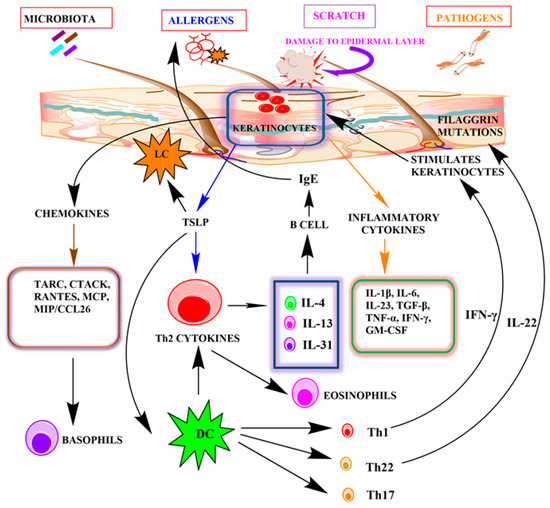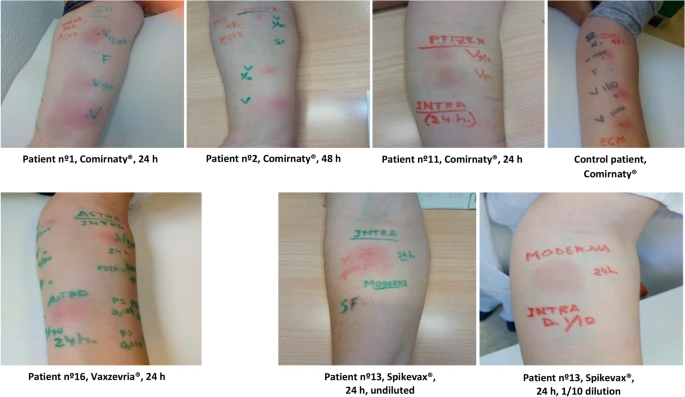- Review
- Open Access
Abstract
Epidemiologic data suggest an increased prevalence of pediatric food allergies and intolerances (FAIs) during the last decades. This changing scenario has led to an increase in the overall healthcare costs, due to a growing demand for diagnostic and treatment services. There is the need to establish Evidence-based practices for diagnostic and therapeutic intervention that could be adopted in the context of public health policies for FAIs are needed.
